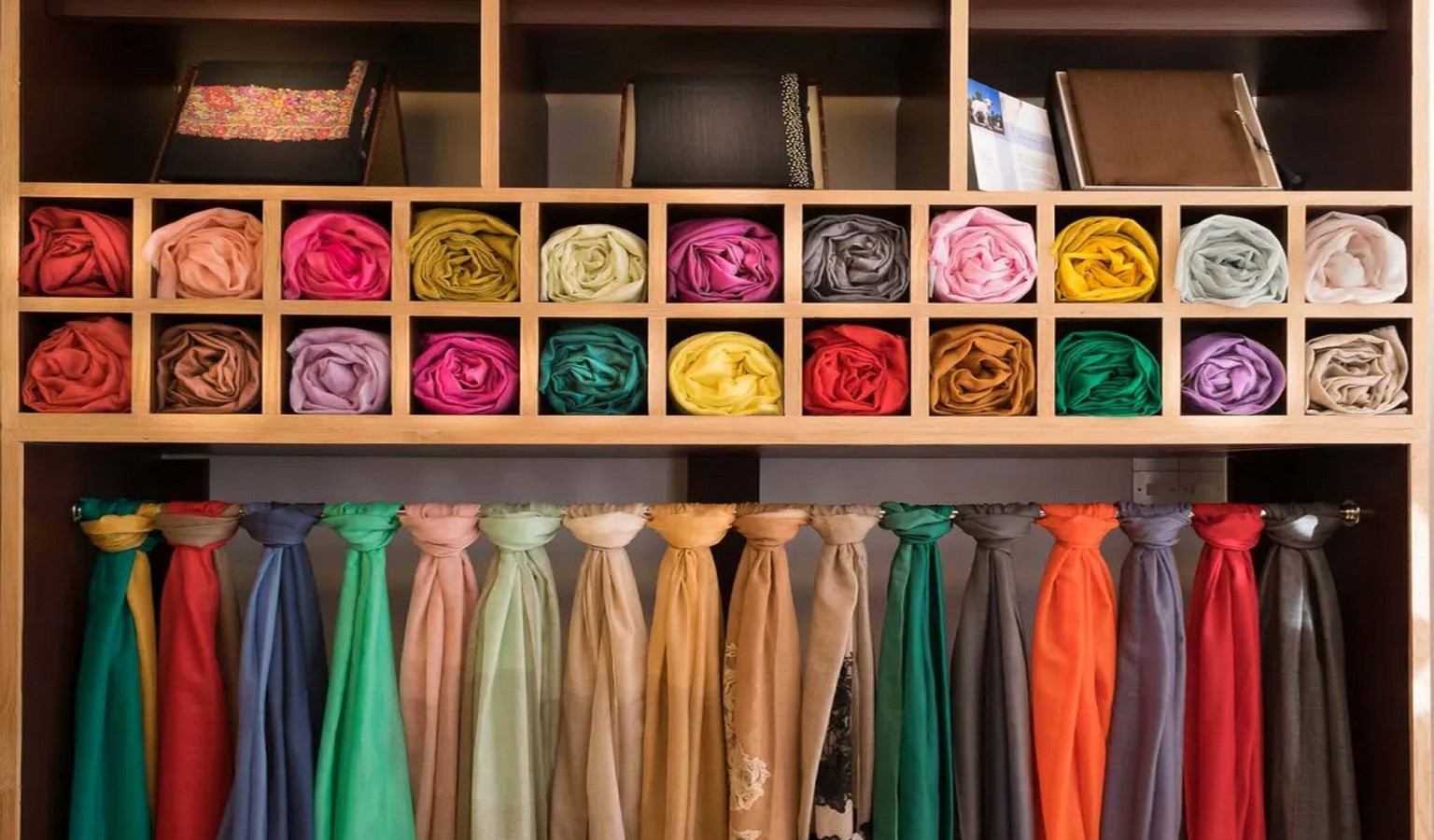Exploring the Artistic Heritage of Handicraft Products in Nepal
Nepal, a country nestled in the heart of the Himalayas, is not only known for its breathtaking landscapes and rich cultural heritage but also for its exquisite handicraft products. The art of crafting beautiful and intricate items has been a part of Nepal's cultural fabric for centuries, with artisans passing down their skills from generation to generation. Today, Nepal handicrafts continue to captivate the world with their unique blend of tradition and creativity.

Nepal handicraft products are a true reflection of the country's diverse cultural influences. From traditional Tibetan motifs to intricate Newari woodwork, each piece tells a story and carries a piece of Nepal's rich history. Artisans across the country employ a wide range of techniques and materials, including woodcarving, metalwork, pottery, weaving, and painting, to create stunning pieces that showcase their mastery.
One of the most popular handicraft products in Nepal is the Thangka painting. Thangkas are intricate Buddhist religious paintings on cotton or silk, depicting deities, mandalas, and scenes from Tibetan Buddhist cosmology. These highly detailed and vibrant paintings require immense skill and precision, and they serve as important spiritual tools for meditation and worship.
Woodcarving is another prominent art form in Nepal. The intricate carvings adorning temples, palaces, and traditional buildings are a testament to the craftsmanship of Nepali woodworkers. The intricate details and delicate designs make Nepal's woodcarving products highly sought after by collectors and art enthusiasts around the world.
Nepal is also renowned for its handwoven textiles. The vibrant colors and intricate patterns of Nepali textiles are a visual feast for the eyes. From the famous Dhaka fabric to the warm and cozy pashmina shawls, Nepali weavers create textiles that are not only aesthetically pleasing but also reflect the country's cultural identity.
In recent years, there has been a growing interest in sustainable and eco-friendly products, and Nepal handicrafts are no exception. Many artisans in Nepal are incorporating eco-friendly practices into their craft, using organic materials and natural dyes to create products that are not only beautiful but also environmentally conscious.

The demand for Nepal handicraft products has led to the establishment of numerous fair trade organizations and cooperatives, ensuring that artisans receive fair wages for their work and promoting sustainable practices. These initiatives not only support the livelihoods of artisans but also help preserve the rich cultural heritage of Nepal.
For visitors to Nepal, exploring the local markets and handicraft shops is a must. Thamel, in Kathmandu, is a vibrant hub for handicrafts, offering a wide range of products, from intricately carved masks to hand-painted pottery. The Patan and Bhaktapur Durbar Squares are also treasure troves of traditional handicrafts, where visitors can witness artisans at work and even try their hand at crafting.
Nepal handicraft products are more than just objects; they are a reflection of the country's history, traditions, and artistic brilliance. By supporting the artisans and appreciating their craft, we not only bring home a piece of Nepal but also contribute to the preservation of a rich cultural legacy that has stood the test of time. So, the next time you come across Nepal handicrafts, take a moment to admire the skill and dedication behind each creation and cherish the story it carries within.
Comments
Post a Comment